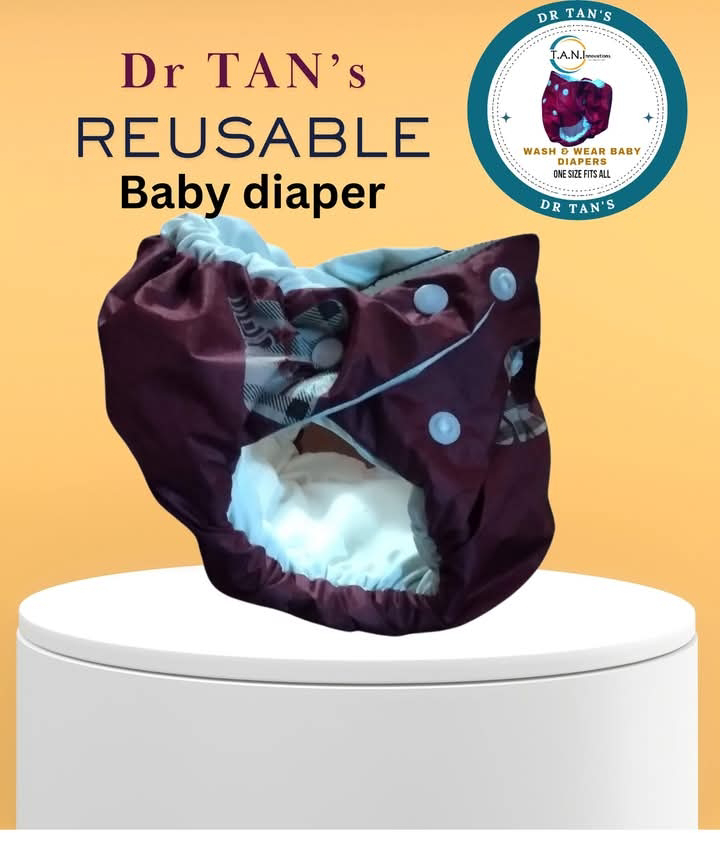Why Reusable Diapers Are the Future of Baby Care in Africa

The face of baby care in Africa is changing—and reusable diapers are at the heart of that change. As more parents seek affordable, eco-friendly, and health-conscious options for their children, cloth diapers are emerging as a powerful solution to many challenges faced across the continent. But why exactly are reusable diapers becoming the future of baby care in Africa? Let’s take a deeper look. 1. Affordability in the Long Run In a continent where the cost of living continues to rise, African parents are looking for ways to stretch their income without compromising on quality. Disposable diapers may seem cheap at first, but over two to three years, the cumulative cost runs into hundreds of thousands of naira (or thousands in any other African currency). Reusable diapers, on the other hand, are a one-time investment. A well-made reusable diaper—like Dr TAN’s Reusable Diapers —can last up to 2.5 years or more, even with daily use. For many African families, this long-t...





